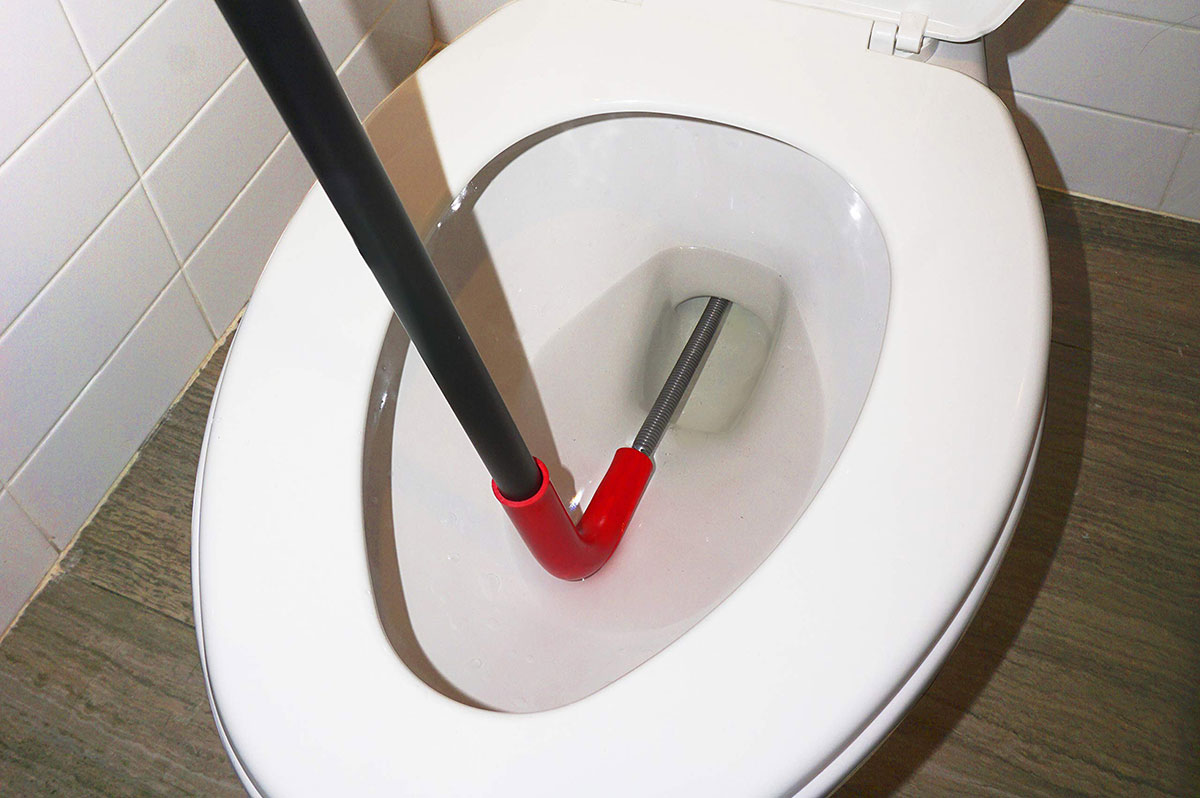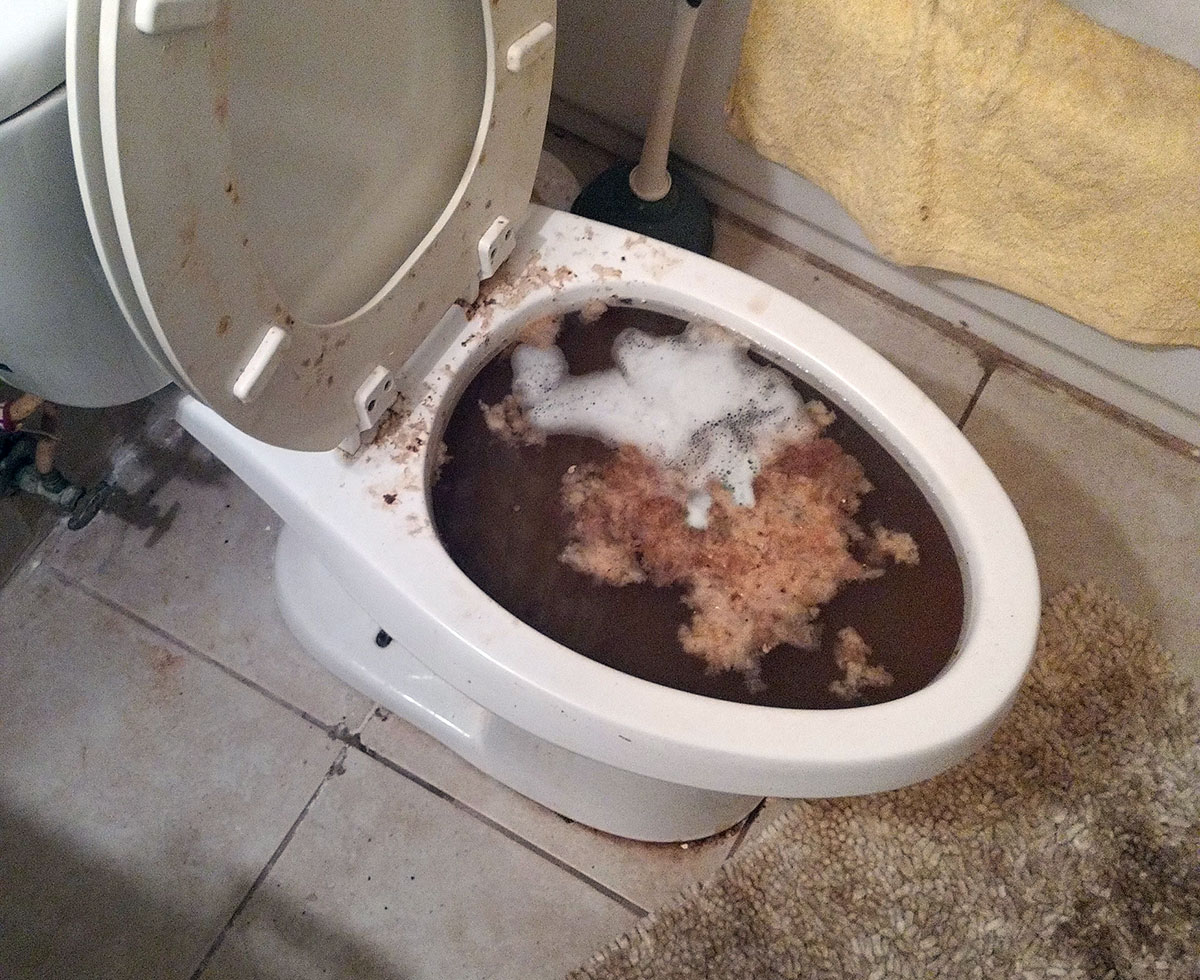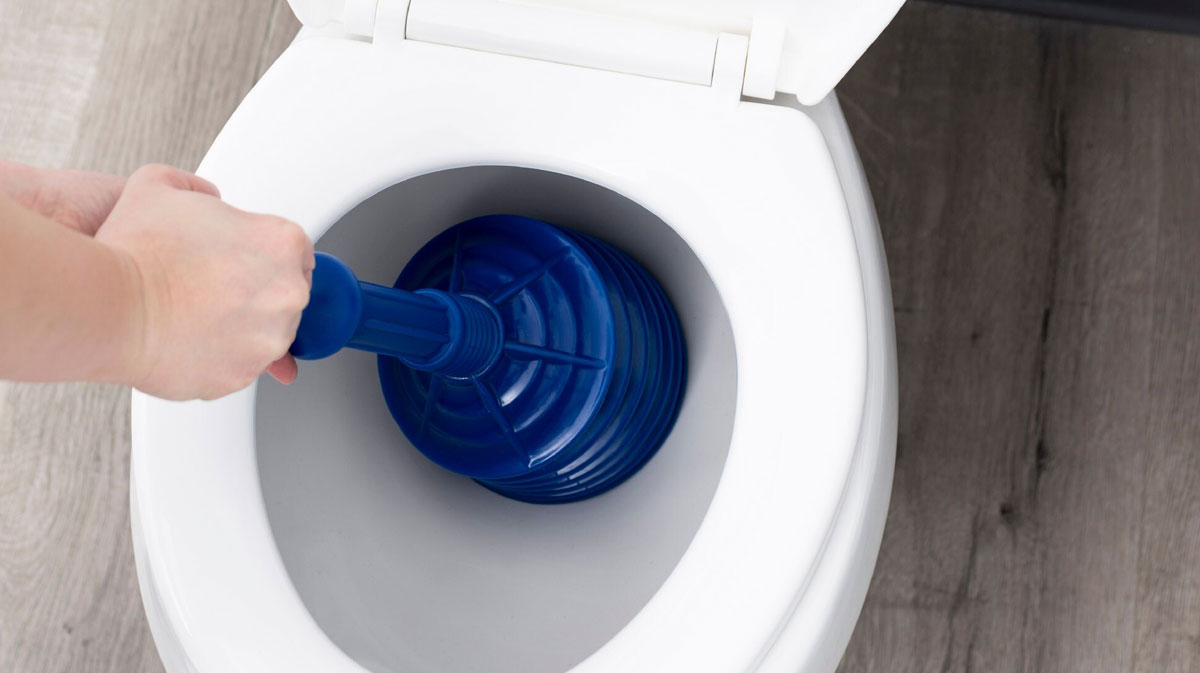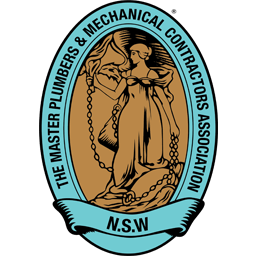Having a blocked toilet can be one of the most inconvenient and unpleasant household issues. However, understanding the common culprits behind this messy problem can help you prevent it in the first place or effectively tackle it when it arises. In this guide, we’ll explore why your toilet might become blocked, often due to the excessive use of toilet paper or the flushing of non-degradable items such as wet wipes and sanitary products. We’ll delve into the chaos caused by the obstruction by foreign objects, like the unexpected dive of a child’s toy or a misplaced bottle.
Additionally, we’ll shed light on how specific issues with the toilet bowl and pipe design may contribute to poor flow and consistent blockages. Equipped with this knowledge, you’ll be ready to prevent and address a blocked toilet like a pro.
In this guide:
Mastering Plunger Use and Techniques
Dealing with a blocked toilet can be frustrating, but mastering the proper techniques for using a plunger can help alleviate the problem efficiently. A clogged toilet doesn’t have to be a disaster if you have the know-how to address it adequately.
Not all plungers are created equal, and choosing the right one is the first step to effectively clearing your blocked toilet. Ensure you have a flange plunger specially designed for toilets, with an extended rubber flap that fits better into the toilet drain, creating a strong seal. Be careful not to buy the more common plungers designed for sink bowls.
Step-by-Step Guide to Effective Plunger Use
- Step 1: Insert the plunger into the toilet bowl and position it over the exit hole to create a seal.
- Step 2: Gently push down to remove any trapped air and prevent water from splashing.
- Step 3: Use a forceful thrusting motion to push and pull without breaking the seal. This creates pressure that can dislodge the blockage.
- Step 4: Continue the plunging action for 15 to 20 seconds before checking if water usually drains.
- Step 5: If the water drains, flush the toilet to ensure the blockage is completely cleared.
Dylan Attard, a licensed plumber from True Flow Plumbing and Drains who specialises in toilet repairs, offers this expert tip, “Securing a tight seal between the plunger and the toilet is crucial for effectiveness. If you notice air or water leaking, reposition the plunger to enhance the seal and continue plunging. The increased pressure from a good seal increases the chances of removing the clog”.
The proper way to plunge is with a consistent and strong vertical motion—think of it as a vigorous up-and-down pumping action. Be careful not to use too much force on the downward stroke to avoid damaging the toilet or the plumbing.
Safety Tips to Avoid Splashing and Contamination
- Start with a gentle push to prevent water from splashing out of the bowl.
- Keep your face and body away from the toilet during the plunging process.
- After unclogging, clean the plunger, your hands, and any affected surfaces to prevent the spread of bacteria.
Remember, successfully handling a blocked toilet is often about technique rather than brute force. With the right plunger and approach, most clogs can readily be cleared, restoring your toilet to normal functionality.
How to Use a Toilet Auger (Snake) to Unblock Your Pipes
If you’ve tried using a plunger on your blocked toilet with no success, it might be time to escalate to a toilet auger, also known as a plumbing snake. This tool can help you tackle more stubborn clogs that lie deeper within your pipes. Let’s go over what a toilet auger is, when it’s time to use one, and the detailed process to safely and effectively clear your blockage without making common mistakes.
A toilet auger is a specialised plumbing tool designed to navigate the complex curves of your toilet’s plumbing. It consists of a long, flexible shaft with a coiled end that is used to dislodge blockages deep in the toilet drain. It is a step up from the traditional plunger and should be used when you suspect the clog is too dense or far down for the plunger to reach.

Detailed Instructions for Safe and Effective Auger Use
Here is a step-by-step guide to using a toilet auger:
- Start by pulling the handle up to retract the cable into the shaft and position the curved end of the auger into the toilet bowl’s drain hole.
- Push the cable down while turning the handle clockwise to feed the auger through the drain.
- Once you encounter resistance, indicating you’ve reached the clog, turn the handle to help the auger’s head dislodge or break apart the obstruction.
- If resistance lessens, retract the cable slightly by turning the handle counter-clockwise and then pushing forward again.
- After you feel the blockage has been cleared, slowly retract the cable while turning the handle clockwise to avoid any damage to the toilet’s porcelain.
- Flush the toilet a few times to ensure the water flows freely. If the clog persists, repeat the process or call a professional plumber.
Common Mistakes to Avoid While Snaking
While using a toilet auger can be straightforward, there are some common mistakes you should be mindful of:
- Avoid using excessive force when feeding the auger cable, as this can damage the toilet or the pipes.
- Do not turn the handle counter-clockwise while the auger is still inside the clog; this can cause the cable to kink or break.
- Be sure not to scratch the porcelain of the toilet bowl with the metal of the auger.
- Don’t rush the process; patience is key to removing the blockage without causing additional problems.
By following these instructions and avoiding common errors, you’ll be well-equipped to handle a blocked toilet confidently. Remember, if the clog persists despite your best efforts, it may be time to consult a professional plumber to avoid further damage to your plumbing system.
Proactive Preventive Measures for a Blocked Toilet
Keeping your toilet running smoothly isn’t just about knowing how to handle a blockage—it’s about preventing one in the first place. Take these proactive steps to minimize the risk of a blocked toilet, saving you from potential inconvenience and costly repairs.
Regular flushing can prevent build-ups in your plumbing. Ensure that your toilet is flushed frequently, especially if it isn’t used often, to keep the pipes clear of obstructions.
What Not to Flush: Guidance for Household Members
Education is key when it comes to preventive measures. Inform all your household members, including guests, about what should never be flushed down the toilet:
- Non-biodegradable items: Wipes, cotton pads, and feminine hygiene products should be disposed of in the trash, not the toilet.
- Excessive toilet paper: Advise not to use an excessive amount of toilet paper in a single flush to avoid clogging.
- Food and grease: They belong in the compost or trash, not the plumbing system.
By raising awareness, each person can contribute to a blockage-free toilet.
Maintenance Tips for Clear Toilet Bowls and Pipes
Regular maintenance is essential for preventing blockages. Here are a few tips to keep your pipes in good health:
- Use hot water flushes weekly to loosen potential build-ups.
- Inspect the toilet bowl and under the rim regularly to ensure no debris could cause a blockage.
- Consider using enzyme-based cleaners that can help break down waste in the pipes without damaging them.
Remember: Prevention is always better than a cure. By taking these proactive measures, you can maintain a clear and functional toilet while avoiding the hassle of blockages.
Natural Remedies for Unblocking a Toilet
Dealing with a blocked toilet can be both unpleasant and inconvenient. Fortunately, some effective natural remedies can help dissolve the blockage and get things flowing smoothly again. Before you consider reaching for harsh chemicals, try these eco-friendly solutions.
The Dish Soap and Hot Water Solution Approach
Dish soap works as a lubricant to help slide the stubborn blockage down the pipes. Here’s how you can use it:
- Take a generous amount of dish soap and pour it into the toilet bowl.
- Boil a pot of water and let it cool for a minute. You want it hot, but not boiling, as extreme temperatures can crack the porcelain.
- Carefully pour the hot water into the waist-high bowl to create pressure.
- Allow the mixture to sit for several minutes and flush. Often, the blockage will clear on its own!
The Benefits of Using Baking Soda and Vinegar
Baking soda and vinegar are not just staples for baking and cleaning; they can work wonders on minor toilet clogs too. The chemical reaction caused by these two household ingredients can break down the blockage. Use the following steps:
- Sprinkle one cup of baking soda into the toilet bowl.
- Slowly pour in two cups of vinegar (expect fizzing) and let the concoction work for at least an hour.
- If the level of water is normal, try flushing. Otherwise, follow up with the hot water method above.
When to Opt for DIY Solutions and What to Consider
DIY solutions are perfect for minor clogs caused by organic material and are best tried before using mechanical tools or chemical cleaners. However, consider:
- The severity of the blockage; simple clogs can be fixed with natural remedies, but severe ones might require professional help.
- The recurrence of the blockage; occasional clogs are common, but if they happen frequently, it could signal deeper issues.
- The type of piping in your home; older or fragile pipes might require gentler treatments.
Battling a blocked toilet doesn’t necessarily require a call to the plumber or harsh chemicals. In many cases, these natural remedies can save you time and money, while also being kinder to the environment, and your plumbing system.
Recognising Signs of a Severe Toilet Blockage
When dealing with a blocked toilet, knowing when you’re facing a minor clog that can be handled with a plunger or a more severe obstruction that might require professional help is essential. Here are some unmistakable signs that indicate a severe blockage in your toilet.
- Water Rising to the Rim Upon Flushing: If you notice the water level rising dangerously close to the rim without receding, this is a clear signal that the blockage is preventing water from flowing through the pipes as it usually should.
- Strange Noises Emanating from the Drain: Gurgling or bubbling sounds coming from your toilet drain or other household drains can suggest air trapped within the pipes due to a blockage, causing the water to flow irregularly and create noises.
- Unpleasant Odors Indicating Potential Sewage Backup: An unmistakable sign of a severe blockage is the presence of foul odours resembling sewage. This implies that waste is not being properly dispensed, and there’s a possibility of sewage material backing up into your toilet or home.
You can act swiftly to prevent a full-blown plumbing disaster by staying alert to these warnings. If you encounter any of these severe symptoms, consider it a red flag, and consult a professional plumber as soon as possible to address the blocked toilet efficiently and safely.

Chemical Drain Cleaners: Weighing the Pros and Cons
When faced with the daunting task of dealing with a blocked toilet, chemical drain cleaners may seem like a quick fix. But before you pour that bottle down your bowl, it’s essential to understand both the benefits and the drawbacks of these powerful substances.
Chemical drain cleaners are designed to dissolve organic matter that causes blockages in your pipes. They typically contain substances like sodium hydroxide or sulfuric acid that trigger a chemical reaction when they come into contact with the clog, breaking it down into smaller, more manageable pieces that can be flushed away.
Potential Risks and Hazards to Pipes and Health
Health and Safety: These chemicals can be hazardous to your health, causing burns, irritation, and respiratory issues if not handled properly. They can also be dangerous if they come into contact with other household chemicals, potentially creating toxic fumes.
Pipe Damage: Over time, the corrosive nature of chemical cleaners can also damage your plumbing. Older pipes, especially those made of metal or PVC, may be particularly susceptible to deterioration, leading to leaks and even more significant plumbing issues down the line.
Environmental impact is another serious consideration. Chemical drain cleaners can contaminate water, harm aquatic life, and disrupt ecosystems when they inevitably make their way into streams, rivers, and oceans. If you’re environmentally conscious, you may want to consider safer alternatives like enzymatic drain cleaners, which use bacteria to eat away at clogs, or the more traditional methods of using a plunger or toilet auger.
Identifying the Right Time to Call a Professional Plumber
A tell-tale sign that it’s time to call a plumber is if blockages in your toilet are persistent or recurring despite regular attempts to clear them. This could be symptomatic of a deeper issue, such as:
- Tree roots interfering with the sewer lines.
- Broken or collapsed sewer pipes.
- Build-up of non-flushable materials in the plumbing system.
While there is a cost to hiring a professional plumber, weigh that against the potential damage and additional costs that could result from improper DIY fixes. A professional has the experience, tools, and knowledge to diagnose and solve a problem efficiently, preventing future issues and saving you money and hassle in the long-term.



